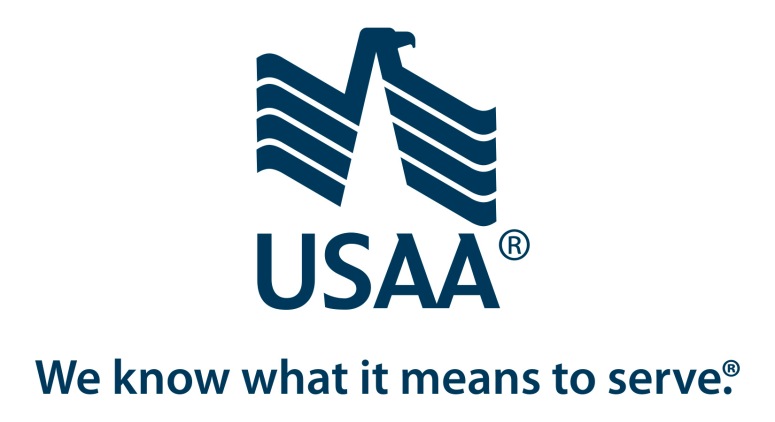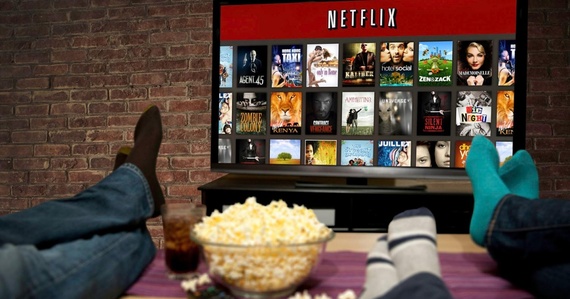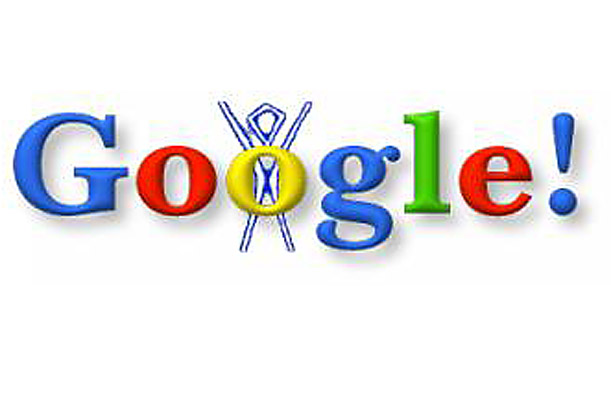By: Natalie M Antonio

Domino’s Pizza is a pizza company that was founded in 1960, by brothers, Tom and Jim Monaghan. Back then it was not called “Domino’s” it was started under the name of DomiNick’s. With about in 8,000 stores in about 54 different countries. It wasn’t long after that Domino’s Pizza is the number two pizza chain restaurant in the North America. 1973, Monaghan guaranteed that the customers would receive their order 30 minutes after ordering, or they would receive their order for free. This was soon changed in the mid 1980s to the customers receiving three dollars off of their order. In 1992 Domino’s settled with a family from Illinois, because a woman was killed by a delivery driver. Domino’s settled with them for almost 2.8 million dollars. Again in 1993, a Domino’s delivery driver struck a woman in her van, after the driver ran a red light. Domino’s settled with the woman for almost 80 million dollars. This was also the year that Domino’s took away the “30 minutes or less” delivery guarantee because it gave the perception of reckless and and irresponsible driving. The “you got 30 minutes” campaign was brought back in 2007 (Ravi, 2015), which could imply reference to their earlier slogan, but not promising delivery in 30 minutes or less. One of the slogans from the Ann Arbor, Michigan based company got the best review of them all, “This slogan differs from all the others in a number of ways,” Huber said. “First, it is comprised of two syntactically complete sentences instead of phrases. Second, it includes an attention-getting command that speaks to the reader/listener directly. Third, this slogan uses the name of the brand, Domino’s. In that way, it stands out and is, perhaps, ‘stickier’ despite the extra words (‘the’ and ‘it’s’) and lack of syntactic or semantic or rhythmic balance.”
I am a person who enjoys a good prank every now and then, but there comes a time when those pranks turn dangerous and bad for that person’s personal brand. Some people can be pranksters but there is a fine line of when the pranking either becomes dangerous, stupid or discrediting to the person performing the prank. Especially when it comes to commercial food preparation. This is what happened to two Domino’s employees from North Carolina, Kristy Hammonds and Michael Setzer. At the time of the incident the two employees were in the kitchen, preparing orders for customers. In 2009 the pizza company faced a large PR and social media scandal. Hammonds can be quoted saying “ There’s Michael”, *achoo* “Making someone’s perfect cheese sticks with a big booger on it, then we’ll watch him box it and send it to the heat rack to be served to some unlucky customer, that is in need of some snot.” While Hammonds is saying this, we can see her filming Setzer sneezing on the cheesy bread then poking at the “booger” in the bread. Later in the same video, Setzer can be seen taking a sponge, that was used for washing dishes; wiping himself with the sponge, then using it to wash dishes. In the video Hammonds, makes a comment about how their boss is none the wiser because he is back in his office “reading the paper, like he always does.”
This scandal is obviously a consumer’s and a company’s worst nightmare. There is always a level of trust associated with the people who work in the food industry. As a company Domino’s saw that they had a very large crisis brewing for their personal brand. Tim McIntyre, Domino’s corporate vice president, who is also a member of Public Relations Society of America (PRSA). McIntyre tells us about how Dominos reacted to the video going viral after the first 24 hours it had been posted. One of the first emotions that he felt was anger, because he like many others loved this brand, trusted this brand and loved the franchises that they worked with. At first McIntyre thought that this video was a hoax because he could not believe that his employees could film something so real, so reckless, and put it on the internet. Without knowing what the repercussions would be. McIntyre had said almost immediately “You know what, this is a bad one — they’re in uniform, they’re in the store. We need to do something about it.(PRSA 2009)” The next step that the corporate team made was to make still images of the two employees in the video to distribute them to their franchises across the country. This lead to the identification of the two employees. All of that happened within two hours of the video being posted. Some readers of The Consumerist helped narrow down which store that this video was filmed at This video was filmed on Easter Sunday, because the employees were bored and there were very few orders coming into the store at that time. The Tuesday morning after this had happened the corporate team had identified the employees, contacted the local health department, the store owner and the police department. At the end of this day the video had more than 250,000 hits on YouTube. Along with YouTube, this crisis also hit it big on the Twitter front. That same evening at about 7:30 pm, Domino’s social media team looked into what people were saying on Twitter. The initial conversation that was happening involved people saying how horrible the video was, but more about what Domino’s was going to do about this scenario, or if Domino’s knew what had happened. What is even more interesting to me is that Domino’s social media committee had met almost a month prior to this incident, the committee was working on strategies to move Domino’s to the next level, the social media level. the committee was working on moving Domino’s onto Facebook, Twitter and more relevant social media sites. According to McIntyre, the team had a plan in place, they did not want to go into the situation blindly, they wanted to implement the solution correctly, and were going to implement the new social media program only a week after the crisis happened. The social media platform was released in the middle of the “boogergate”.
Because this video was released on a Sunday, especially Easter Sunday, most of the corporate leadership was away on vacation with their families. By Wednesday the president, Patrick Doyle, had come back from Florida to be briefed, because the whole leadership team, was aware of the situation, because of text messages, and E-mail. By the middle of the day on Wednesday, the video had reached almost one million views on Youtube. For the first time ever, in 2009 terms, Domino’s had passed “Paris Hilton” in a word search on Google. This is what ultimately brought this video to the media’s attention. Even though this news broke fast, McIntyre said, “This is fast, but there are 307 million people in America. There are a lot of people who don’t know about it; let’s focus on talking to the audience that’s talking to us. (PRSA, 2009)” In response to this they put a statement up on Domino’s website. It is known that the first 24 hours after a crisis are the most critical ones. McIntyre and the rest of the social media team had to perform a lot of damage control to accomplish. The target audience for this was YouTube, since this is where the crisis first started at. The main problem for the company was to identify the individuals, contacting the customers, ensuring that no one received contaminated food, as well as making sure that no crime had been committed. This was working in conjunction with the police, because the corporate team wanted the employees charged with a crime, because of the visual evidence and the claim that they were going to feed this contaminated food to consumers.
Domino’s wanted to make sure that their point was driven home, in a strong manner, that they do not tolerate this type of behavior. McIntyre had said that it would be different if the employees were teenagers, but the employees were two people in their mid 30s. This is why Domino’s got some flack for initially not responding very quickly. McIntyre also said that they needed to learn perspective on things, by using the analogy of not needing a fire hose to put out a candle. Someone else related the way Domino’s responded in the first 24 hours to a “grocery store with 30 isles but there was only a spill in isle five, and that they didn’t need to mop the whole store because there was a little spill in isle five. But while the spill was happening it was leaking to isle six, seven, four and three. if the same spill were to happen again, we would rope off the surrounding isles.” This was a great analogy of what happened with this crisis. McIntyre also said that this would include posting on the website a little sooner, as well as posting on Twitter a little sooner as well, and communicating to the senior leadership team quicker.
This crisis with Domino’s can be related mostly to the Communication Accommodation Theory. The Communication Accommodation Theory was first initiated in 1971, by Howard Giles, a professor at the University or California, Santa Barbra. This theory was first known as the Speech Accommodation Theory. Giles wanted to find the reason for the shifts in people’s speech patterns, as well as find the consequences of their behavior. Giles was mostly interested in finding they underlying thought process and emotions that can be involved with convergence and divergence during conversations. This theory explains that when people talk to each other, those people can change the way he or she talks to match the way the listener talk. This change can be conscious or unconscious, the person matches their accent, the speed, the rhythm, the vocabulary, as well as the stance and gestures that the person makes.
The reason that the person performs this theory is because he or she wants to agree or want the other person to like him or her. This theory can also come across as the person being fake, or too familiar with the topic being talked about. Sometimes the speaker can use convergence to show that he or she has more power than the listener, the speaker comes across as too patronizing. This the theory is considered sound, because researchers have been able to challenge the different scenarios. Sometimes the conversations can be too complex to break down into the different convergence and divergence scenarios (Communication Accommodation Theory)
This theory can be related to the Domino’s pizza crisis because the leadership team with the corporate team used accommodation to change the way that they responded to the crisis at hand. The team turned to the YouTube platform to record and broadcast their response to the crisis. They figured out that because this crisis first broke on the YouTube front, that the team needed to resolve the problem with the same form of media. With this situation at hand the senior leadership team could have chose to move quickly and deliver false information. They chose to take the time to gather information before confirming the accusations against these two employees, and ensuring the public safety.
As a consumer and someone who has worked in the food industry before, when I found the idea for this case study, I was appalled at the level of carelessness of these two employees. A few years ago Domino’s changed up their formula for their pizza and my family stopped ordering it because their pizza makes me sick. After watching this video I find it hard to order any type of food. As someone who has worked in the food industry at Panera Bread, I know what goes into keeping a restaurant up to the health codes, and how employees are supposed to treat procedures with food preparation. At Panera Bread we had specific quality assurance protocols that had to be performed a few times a day, for example, we had a special cutting board and knives that had to be used when we made anything with peanut butter, or anything with the tuna salad. We also had protocol for when a food item or utensil hit the floor, as well as protocols for washing the dishes, there was a separate sink for anything that could be considered an allergen. Social media has always been a touchy subject because the older population usually does not want anything do to with social media, where the younger generations are usually glued to what ever forms of social media is on their given mobile device. Especially with my generation, older adults are always telling you “be careful about what you post on social media, it never goes away!” This was true of the video as well, I was able to find the video that was initially posted in 2009 all the way in 2016, with only a few keystrokes. I think that Domino’s did a decent job at maintaining the safety of the public while managing this crisis. They waited until they had the proper amount of knowledge before they implemented their plan to fix the current crisis. This was how I related this case study back to the Communication Accommodation Theory. Other companies can take point from Domino’s leadership team, by keeping cool in the face of crisis, and using social media to apologize and explain themselves to the general public.
References:
Agnes, M. (2012, March 22). Domino’s Pizza: A Look At the Timelessness of A Social Media Crisis Plan. Retrieved October 30, 2016, from Melissa Agnes website: http://melissaagnes.com/dominos-pizza-a-look-at-the-timelessness-of-a-social-media-crisis-plan/
Communication Accommodation Theory. (n.d.). Retrieved October 31, 2016, from COMMUNICATION STUDIES website: http://www.communicationstudies.com/communication-theories/communication-accommodation-theory
Clifford, S. (2009, April 15). Video Prank at Domino’s Taints Brand. Retrieved October 30, 2016, from The New York Times website: http://www.nytimes.com/2009/04/16/business/media16dominos.html
Dominos Pizza on the Today Show – Workers fired for Dominos prank video. [Video file]. (2009, April 17). Retrieved from https://www.youtube.com/watch?v=xaNuE3DsJHM
Higgins, C. (2015, June 27). 11 Facts About Domino’s Pizza Founder Tom Monaghan (in 30 Minutes or Less). Retrieved October 30, 2016, from Mental Floss website: http://mentalfloss.com/article/65604/11-facts-about-dominos-pizza-founder-tom-monaghan-30-minutes-or-less
Jacques, A. (2009, August 17). Domino’s Delivers During Crisis: The Company’s Step-by-Step Response After a Vulgar Video Goes Viral. Retrieved October 30, 2016, from Public Relations Society of America website: http://www.prsa.org/Intelligence/TheStrategist/Articles/view/8226/102/Domino_s_Delivers_During_Crisis_The_Company_s_Step#.WBc9kOErL-Z
Ravi, S. (2013, January 5). Domino’s Pizza. Retrieved October 30, 2016, from Slogan Smith website: http://slogansmith.blogspot.com/2013/01/dominos-pizza.html
SOS Marketing. (2015, May 8). Handling a Social Media Crisis: Domino’s [Video file]. Retrieved from https://www.youtube.com/watch?v=llnZn7vLV20
York, E. B. (2009, April 20). What Domino’s Did Right — and Wrong — in Squelching Hubbub over YouTube Video. Retrieved October 30, 2016, from AdvertizingAge website: http://adage.com/article/news/crisis-pr-assessing-domino-s-reaction-youtube-hubub/136086/





 s.
s.